Today is the 37th anniversary of India winning the ODI World Cup.
Not only that.
We have another reason to celebrate this day in cricketing history.
25th June 1932 marks the day India made its first foray into the world of test cricket. 👇🏾
Not only that.
We have another reason to celebrate this day in cricketing history.
25th June 1932 marks the day India made its first foray into the world of test cricket. 👇🏾
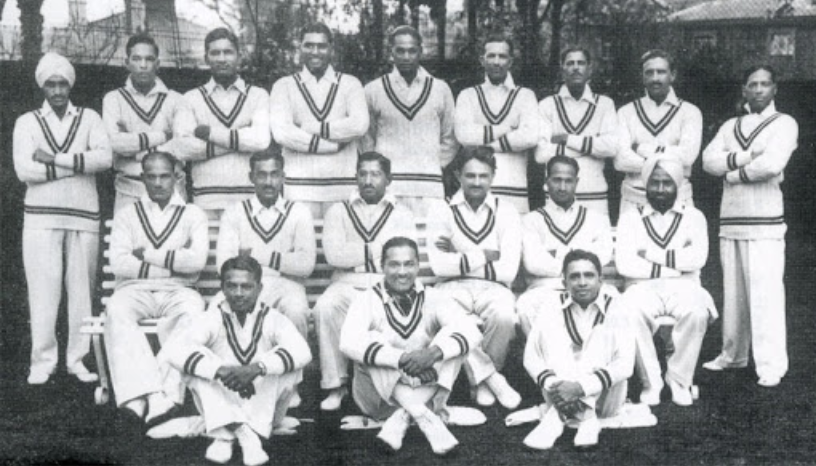
The events of June 25th 1932 would not have taken place if not for C. K. Nayudu.
He is largely responsible for us Australia, England, South Africa, West Indies and New Zealand as the sixth test playing nation in the world.
He is largely responsible for us Australia, England, South Africa, West Indies and New Zealand as the sixth test playing nation in the world.
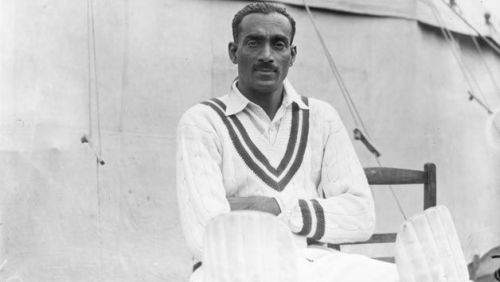
The British brought cricket to India. Despite being trashed by the villagers in Champaner in the 1890s, they kept playing.
The Parsis were early adopters and tried to use the game to establish closer relations with the British.
The Parsis were early adopters and tried to use the game to establish closer relations with the British.
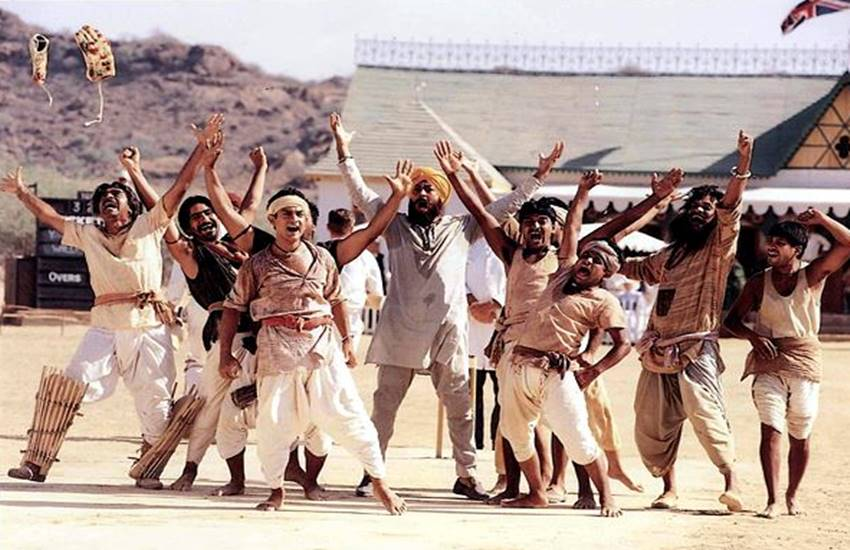
The Parsis' request for a game against the colonial masters was accepted in 1877 and a two day game was organized.
The Parsi team surprised the British by taking the first innings lead. However, the game ended in a draw.
The Parsi team surprised the British by taking the first innings lead. However, the game ended in a draw.
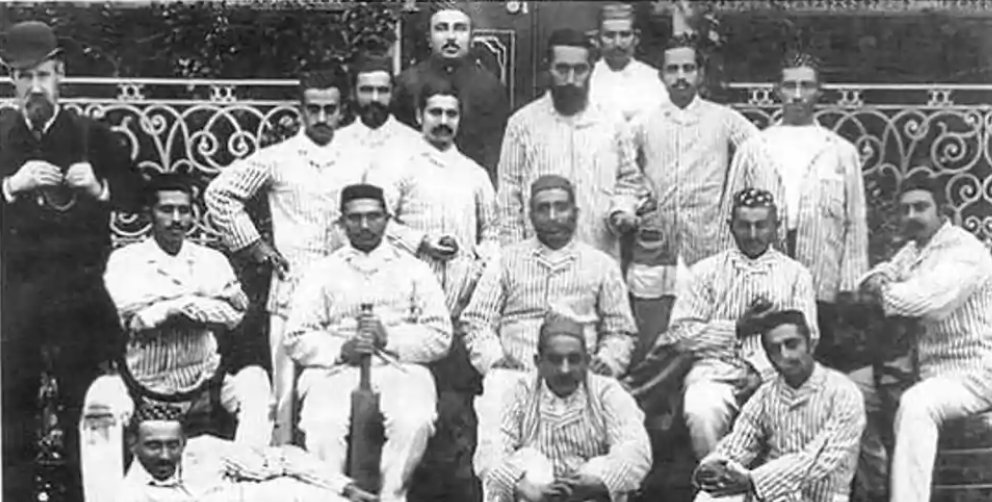
The Parsis were entrepreneurial and pooled in resources to go on cricket trips to England in 1886 and 1888.
While largely unsuccessful, they did initiate reciprocal tours from English teams to India.
While largely unsuccessful, they did initiate reciprocal tours from English teams to India.
One such tour was organized in 1926.
The MCC team was led by Arthur Gilligan who had made his test debut in 1922 and was made the English team captain in 1924. The team had test cricketers like Maurice Tate, Andrew Sandham and a future England captain Bob Wyatt.
The MCC team was led by Arthur Gilligan who had made his test debut in 1922 and was made the English team captain in 1924. The team had test cricketers like Maurice Tate, Andrew Sandham and a future England captain Bob Wyatt.
Gilligan's MCC squad played in Bombay in 1926.
There was a lot of excitement for the game with nearly 25,000 at the Bombay Gymkhana (which would later be India’s first ever test ground).
There was a lot of excitement for the game with nearly 25,000 at the Bombay Gymkhana (which would later be India’s first ever test ground).
In reply to MCC’s first innings score of 363, The Hindus were reduced to 84 for 3.
C.K. Nayudu, by now a crowd favourite wherever he went in India, strode to the crease.The MCC team so used to steam rolling opponents was in for a shock.
C.K. Nayudu, by now a crowd favourite wherever he went in India, strode to the crease.The MCC team so used to steam rolling opponents was in for a shock.
Nayudu produced a dazzling display of batting, not respecting the prowess of luminaries like Maurice Tate, Jack Mercer, Bob Wyatt and Stuart Boyes.
He scored a scintillating 153 which contained 11 sixes, a world record at the time for most number of sixes in an innings.
He scored a scintillating 153 which contained 11 sixes, a world record at the time for most number of sixes in an innings.
This innings transformed Indian cricket.
Previously known only as cannon fodder to English players to improve their averages, Indian cricket took a giant leap that day. All thanks to CK Nayudu.
Previously known only as cannon fodder to English players to improve their averages, Indian cricket took a giant leap that day. All thanks to CK Nayudu.
The Indians scored 356 and drew the game.
Arthur Gilligan was so impressed by C.K. Nayudu that he became a strong proponent of Indian cricket and lobbied for test status for India.
Arthur Gilligan was so impressed by C.K. Nayudu that he became a strong proponent of Indian cricket and lobbied for test status for India.
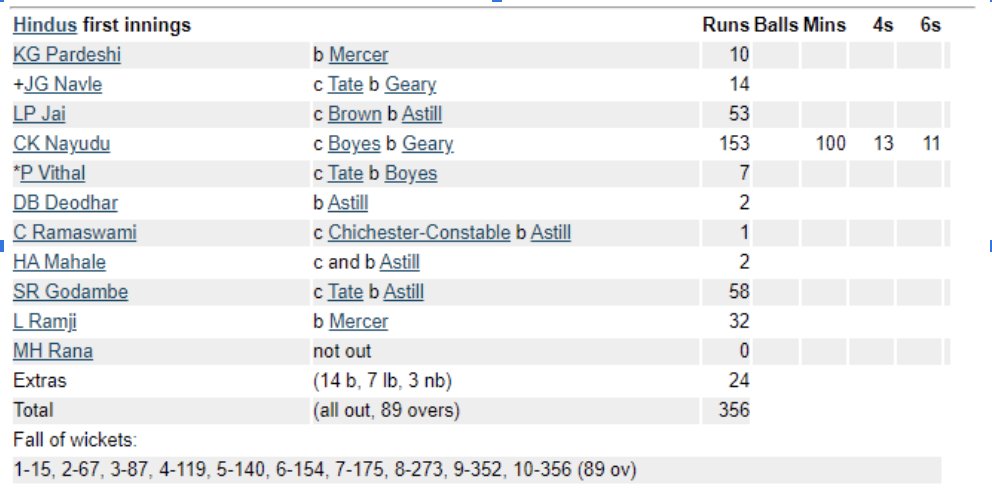
Gilligan encouraged Indians to take more initiative in running their own cricketing affairs.
This resulted in a governing body that was formed in 1928 that we now know as the Board of Cricket Control in India @BCCI
This resulted in a governing body that was formed in 1928 that we now know as the Board of Cricket Control in India @BCCI
India toured England in 1932 to play our first test. Nayudu played a major part in selecting the team. At that time, Indian cricket needed the patronage of the royals who bore the expenss. Maharaja of Porbandar was made the captain and Ghanshyamsinhji of Limbdi was vice-captain. 
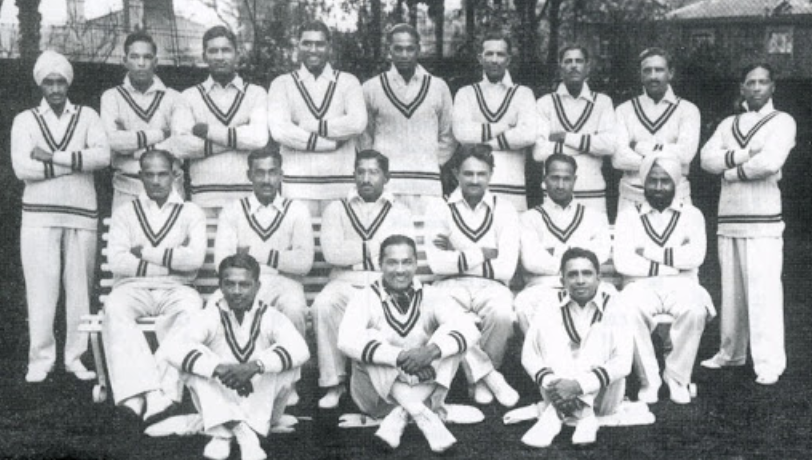
The Maharaja of Porbandar withdrew on account of poor health and Limbdi suffered a back injury.
The invisible hand of destiny ensured that CK Nayudu, chiefly responsible for India’s test status, became our first captain.
Here is Nayudu leading the team onto the ground.
The invisible hand of destiny ensured that CK Nayudu, chiefly responsible for India’s test status, became our first captain.
Here is Nayudu leading the team onto the ground.
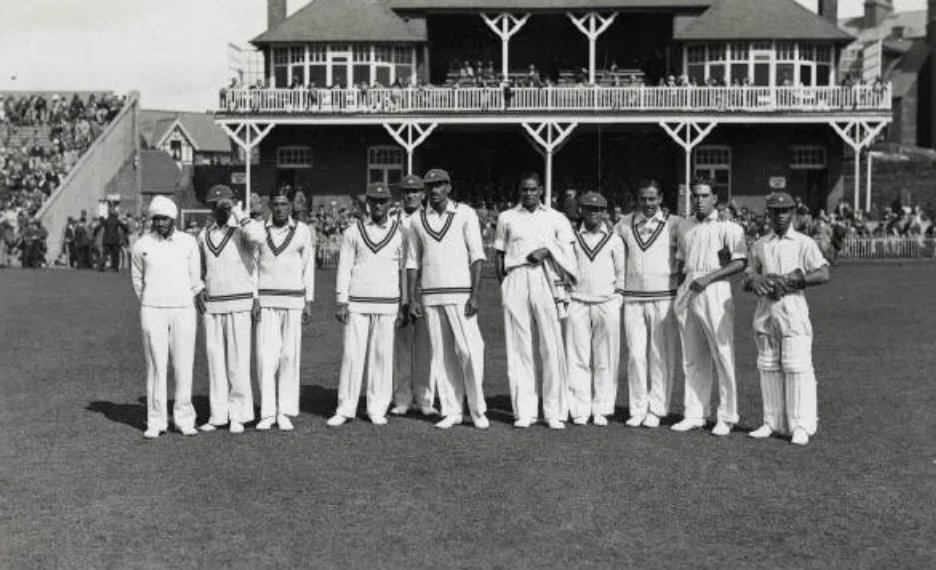
India started their debut well and had England down 19/3. The more experienced English team weathered the storm and put on 259.
Nayudu had injured his his hand while fielding and still persevered to top score with 40. India managed 189 before losing to the English by 158 runs.
Nayudu had injured his his hand while fielding and still persevered to top score with 40. India managed 189 before losing to the English by 158 runs.
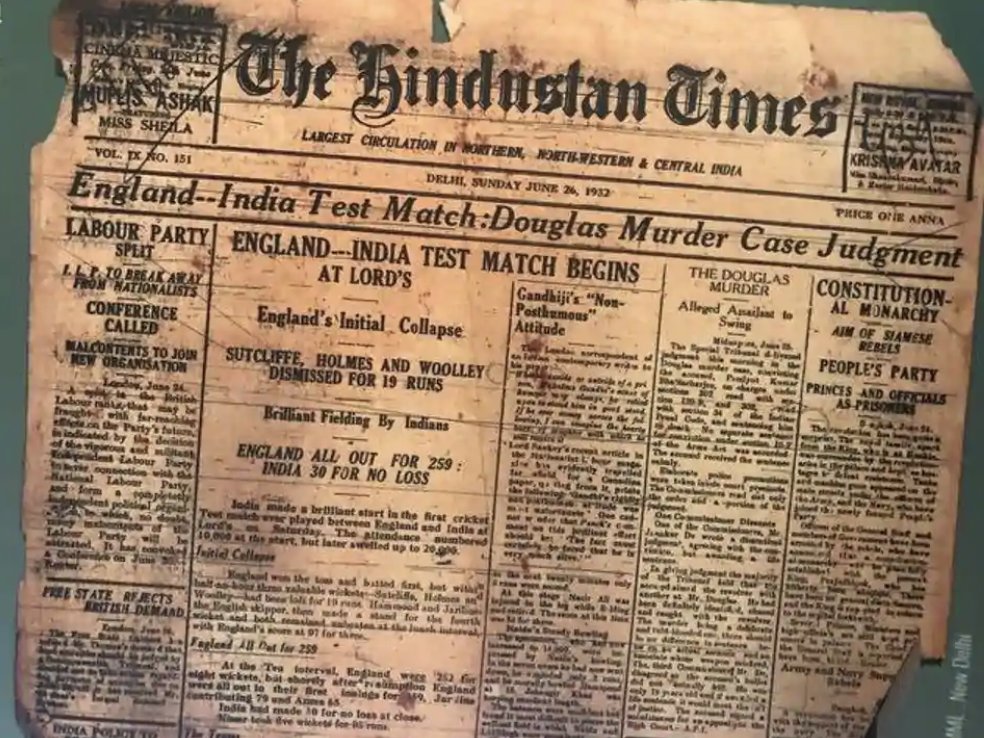
C.K. Nayudu was the first superstar of Indian cricket. The man who the crowds adored, the man who uplifted Indian cricket and the man who every future Indian cricketer aspires to be.
BCCI has constituted its lifetime achievement award in his name.
BCCI has constituted its lifetime achievement award in his name.
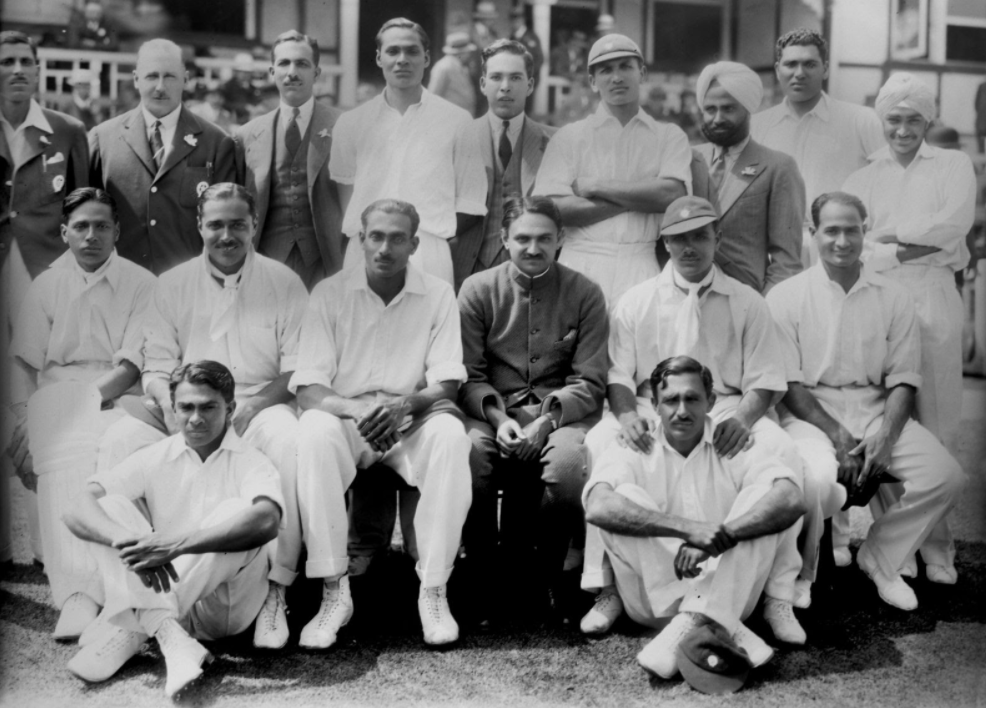
Those in Indore, please go touch the feet of CK Nayudu's statue there for good karma.
The rest of you, kindly retweet this lovely thread researched and written by @paap_singer
#BMKJ
The rest of you, kindly retweet this lovely thread researched and written by @paap_singer
#BMKJ
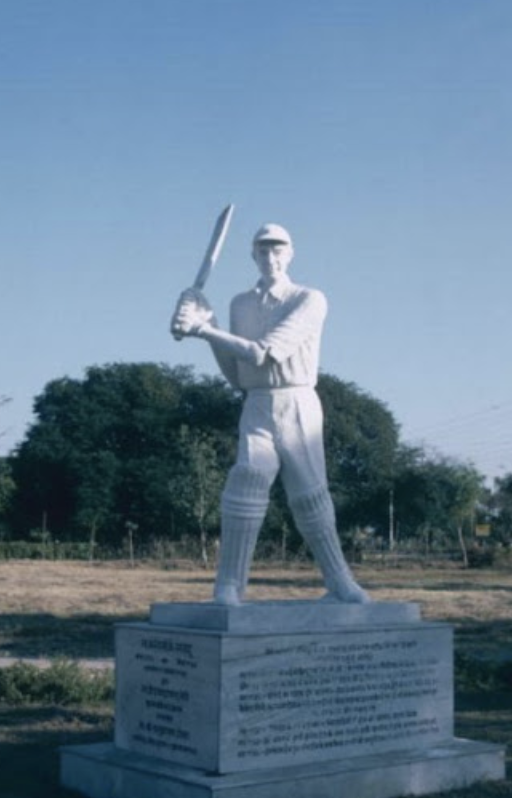
• • •
Missing some Tweet in this thread? You can try to
force a refresh























